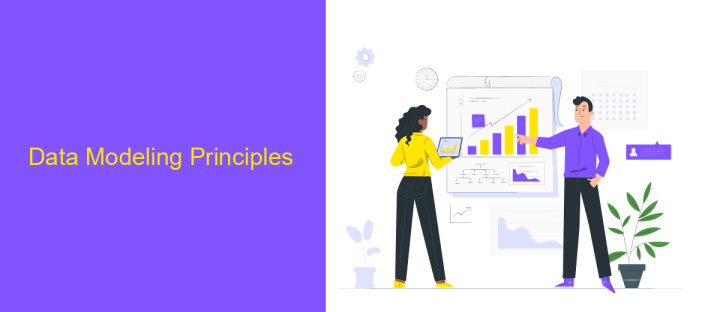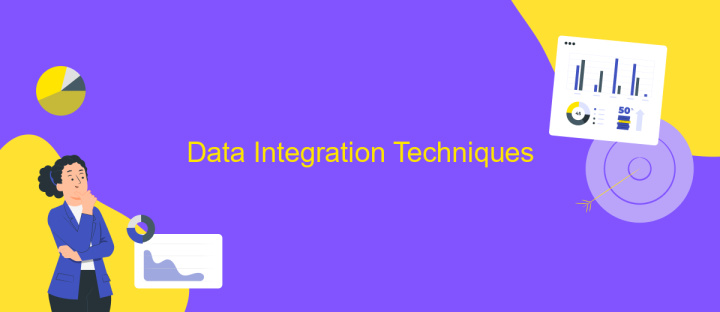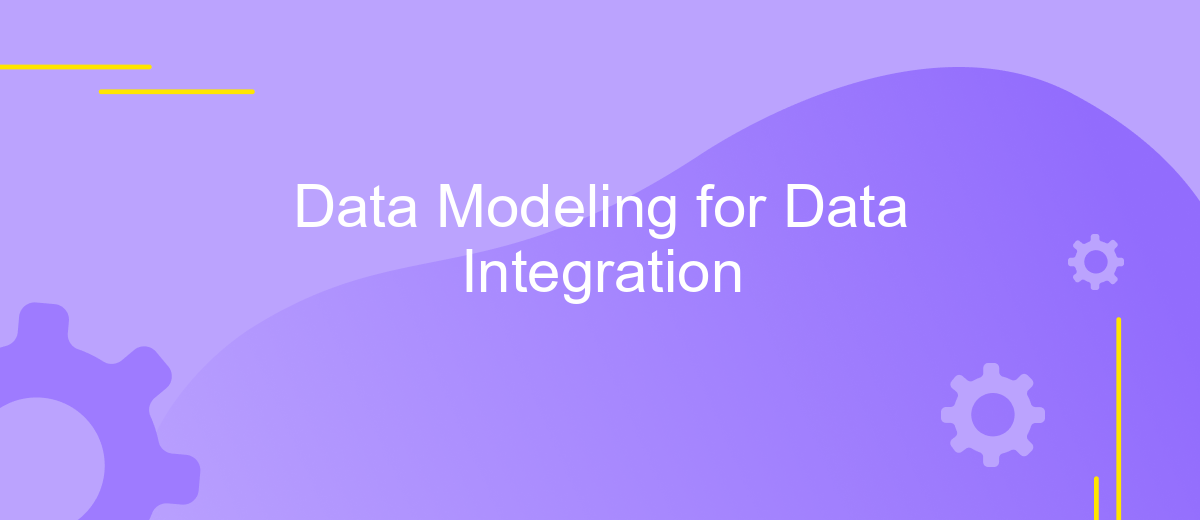Data Modeling for Data Integration
Data modeling for data integration is a crucial process that ensures seamless data flow between disparate systems. By creating a unified framework, organizations can harmonize data from various sources, enhancing consistency, accuracy, and accessibility. This article explores the fundamental principles, methodologies, and best practices of data modeling, offering insights into how businesses can effectively integrate and leverage their data assets.
Introduction
Data modeling is a critical step in the process of data integration, enabling organizations to consolidate data from disparate sources into a cohesive, unified view. By creating a structured framework, data modeling facilitates the seamless merging of data, ensuring consistency, accuracy, and accessibility. This foundational step is essential for businesses aiming to leverage their data for insightful analytics and informed decision-making.
- Ensures data consistency across various systems
- Enhances data accuracy and reliability
- Improves data accessibility for end-users
- Facilitates comprehensive data analysis
Effective data modeling not only streamlines the integration process but also addresses potential challenges such as data redundancy and inconsistency. By adopting robust data modeling practices, organizations can harness the full potential of their data assets, driving operational efficiency and fostering innovation. As the volume and complexity of data continue to grow, the importance of meticulous data modeling in data integration becomes increasingly paramount.
Data Modeling Principles

Data modeling is foundational for successful data integration, ensuring that data from diverse sources can be harmonized and utilized effectively. One key principle is understanding the source data's structure and semantics, which allows for the creation of a unified schema that accurately represents the integrated data. This involves identifying relationships, constraints, and data types, which are critical for maintaining data integrity and consistency across the integration process.
Another essential principle is scalability, ensuring that the data model can adapt to growing data volumes and complexity. Tools like ApiX-Drive can facilitate this by automating data transfers and transformations, making it easier to manage and integrate data from multiple sources. Additionally, maintaining flexibility in the data model is crucial, as it should accommodate future changes without significant rework. This adaptability ensures that the integrated data remains relevant and useful as organizational needs evolve.
Data Integration Techniques

Data integration involves combining data from different sources to provide a unified view, which is crucial for comprehensive analysis and decision-making. Several techniques can be employed to achieve effective data integration, each with its unique benefits and challenges.
- ETL (Extract, Transform, Load): This traditional method involves extracting data from various sources, transforming it into a suitable format, and loading it into a data warehouse or database.
- Data Virtualization: This technique allows users to access and query data without needing to know its physical location, providing a real-time, unified view of disparate data sources.
- API Integration: Application Programming Interfaces (APIs) enable different software applications to communicate and share data seamlessly, facilitating real-time data integration.
- Data Warehousing: This method involves centralizing data from multiple sources into a single repository, where it can be easily accessed and analyzed.
- Data Lakes: These are large storage repositories that hold vast amounts of raw data in its native format, which can later be processed and analyzed as needed.
Choosing the right data integration technique depends on the specific requirements of the organization, such as the volume of data, the need for real-time access, and the complexity of the data sources. By understanding and leveraging these techniques, organizations can ensure seamless data integration and enhance their data-driven decision-making processes.
Data Modeling Tools and Best Practices

Data modeling is a critical step in data integration, ensuring that disparate data sources can be unified and understood. Choosing the right tools and following best practices can significantly enhance the efficiency and accuracy of this process. Several tools are available to assist in data modeling, each offering unique features suited to different needs.
Commonly used data modeling tools include ER/Studio, IBM InfoSphere Data Architect, and Microsoft Visio. These tools provide robust functionalities for creating, visualizing, and managing data models. They support various data modeling techniques, such as entity-relationship diagrams and UML, which help in representing complex data structures effectively.
- ER/Studio: Ideal for large-scale enterprise data modeling with advanced collaboration features.
- IBM InfoSphere Data Architect: Integrates well with IBM's suite of data management tools.
- Microsoft Visio: User-friendly interface suitable for beginners and small projects.
Adhering to best practices is crucial for successful data modeling. Start with clear requirements, use standardized naming conventions, and validate models through iterative reviews. Additionally, maintaining documentation and version control ensures that models remain accurate and up-to-date. By leveraging the right tools and practices, organizations can achieve seamless data integration and unlock valuable insights.


Conclusion
In conclusion, data modeling plays a crucial role in ensuring effective data integration by providing a structured framework for organizing and managing data from disparate sources. A well-designed data model facilitates seamless data flow, improves data quality, and enhances the overall efficiency of data integration processes. By leveraging advanced data modeling techniques, organizations can achieve a unified view of their data, enabling better decision-making and operational efficiency.
Moreover, utilizing integration services like ApiX-Drive can significantly streamline the process of data integration. ApiX-Drive offers a user-friendly platform that allows businesses to automate data transfers between various applications and systems without requiring extensive technical expertise. This not only saves time and resources but also minimizes the risk of errors associated with manual data handling. Ultimately, combining robust data modeling practices with efficient integration tools empowers organizations to harness the full potential of their data assets.
FAQ
What is data modeling for data integration?
Why is data modeling important for data integration?
What are the common challenges in data integration?
How can I automate data integration processes?
What are the best practices for data modeling in data integration?
Time is the most valuable resource in today's business realities. By eliminating the routine from work processes, you will get more opportunities to implement the most daring plans and ideas. Choose – you can continue to waste time, money and nerves on inefficient solutions, or you can use ApiX-Drive, automating work processes and achieving results with minimal investment of money, effort and human resources.

